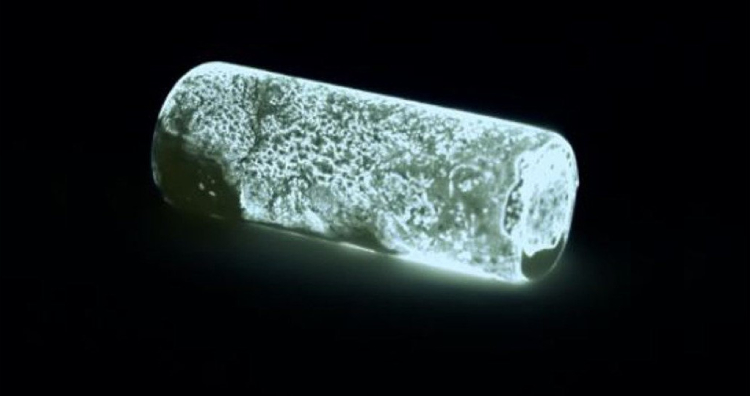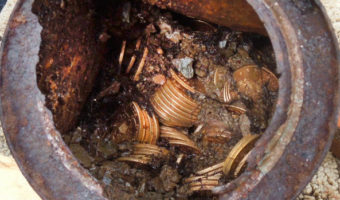10 Interesting Facts About the Elements
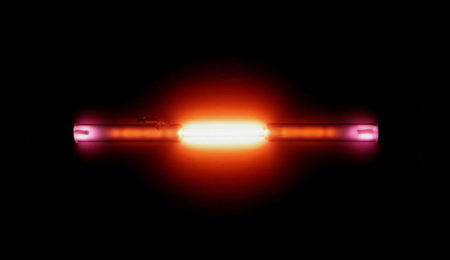
We’re left with atoms if we consider breaking down every little thing that we can conceptualize. Unless you’re a scientist or a chemist, elements are generally not an integral part of your everyday discussions. They’re the tiniest, most basic structure of all matter but still can be unbelievably fascinating to learn about. The following is a list of 10 lesser-known facts about the elements of the periodic table.Â
1 Hennig Brand was a German alchemist who, in his quest of making gold, used upwards of 1,500 gallons of human urine. He evaporated, boiled, and distilled the liquid multiple times, which eventually started to glow in the dark and burst into flames. This failed attempt to make gold is how he discovered the element phosphorus.
Brand was born in 1630 and was an alchemist who quit his glass-making job to pursue his search for the Philosopher’s Stone, the fabled thing that could be used for turning items into gold. He performed experiments and soon exhausted his and his wife’s funds searching for the mythical object.Â
He found one of the books that featured a recipe to make gold by combining alumn, potassium nitrate, and concentrated human urine. The pseudo-doctor conducted the experiment with his urine first but realized he’d need more of it.Â
There is no precise data on the source from which he gathered upwards of 1,500 gallons of urine, maybe from his acquaintances or from the German Army.Â
It is largely believed that Brand first allowed the urine to sit in the sun for weeks, which he then boiled until it got thick and syrup-like. He extracted the red oil from the top and let the other substances sit in his cellar to cool down until it turned black. After mixing the red oil with the black substance, he stilled the product through a retort. Just when this mixture slid out of the retort and came into contact with oxygen, it produced flames and smelled like garlic.Â
The experimenter thought he had finally nailed down the technique that is close to making gold and kept it as a secret for six years. When he went broke with further experiments and still had no luck making gold, he revealed the process to other chemists, and eventually, the substance came to be known as phosphorus. (Source)
2 Astatine, the rarest naturally occurring element on Earth is so rare that there are only approximately 25 grams of it on Earth at any given point in time. Most of its isotopes have a half-life of just a second or less, making it extremely difficult to study. Even its appearance is not known with certainty.
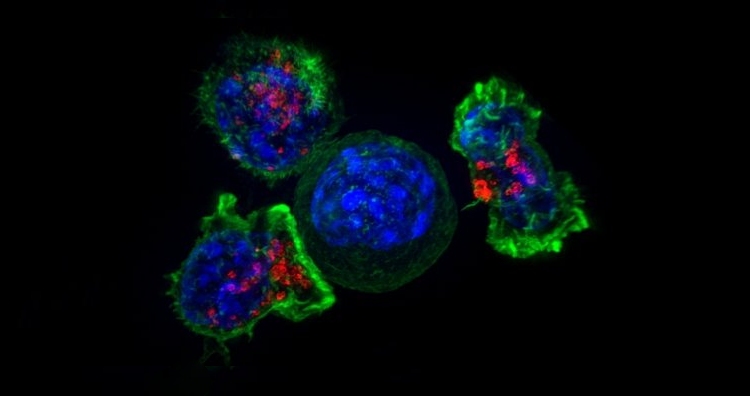
Dmitri Mendeleyev was the Russian chemist who predicted the possibility of an unknown element that could replace the blank space on the period table for element number 85. In this way, the existence of the element was predicted in the 1800s, but it was not actually discovered until 70 years later.Â
The discoverer of astatine is ambiguous, but the first claim was made in 1931 by Fred Allison of the Alabama Polytechnic Institute. Other researchers published articles about element 85 for the first time in 1938, but World War II disrupted the research. In 1940, a group of researchers from the University of California, Berkeley successfully made the first recognized discovery.Â
Astatine is the least reactive and has the highest metallic properties of any element in the halogen group. Nonetheless, many properties of the element are unknown, like its color. It is extremely difficult to study element 85, but researchers think that it could possibly be used in treating cancer. (Source)
3 The name of the element cobalt is sourced from the name of a trickster goblin of German folklore, the “kobold.” It is so because when miners from the medieval period discovered cobalt, they tried to smelt it thinking it was silver. And when it released toxic gasses, they believed it to be the goblin playing a trick on them.Â
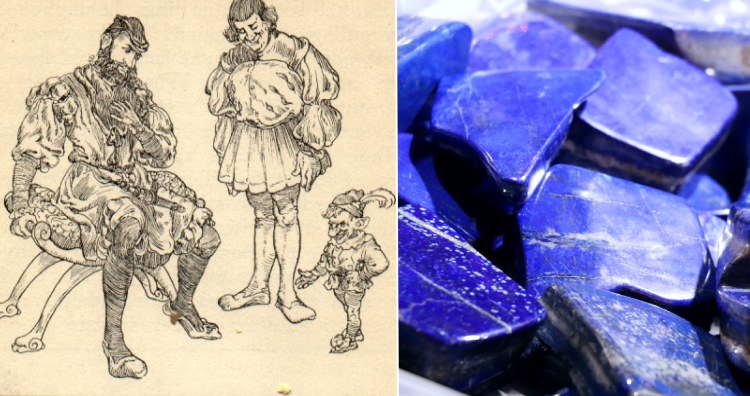
Cobalt is a blue transition metal element that is used in magnets, high-tech turbines, and also in cancer treatments.Â
German miners, somewhere around 1500 CE, were the first people to encounter cobalt ore near Saxony. They thought it was silver and therefore tried to smelt it, but they were left with no precious metal and just toxic fumes. After inhaling the gas, some of the soldiers fell ill and even died.Â
Since the miners were not chemists, they had no idea what was going on and perceived the substance as devilish. They even believed that a kobold was responsible for spoiling the nearby silver, or it made off with the valuable metal in the ores themselves. It was largely known as “the goblin of the mines.â€Â
In the 1730s, Swedish chemist Georg Brandt stepped up and researched the substance by isolating it. He went with the miners’ name for the newly discovered element and called it “cobalt.” (Source)
4 In Sweden, there is a small town called Ytterby that has four elements of the period table named after it. The elements are ytterium, erbium, terbium and ytterbium. There are also four more elements whose discovery can be traced back to the same region.Â
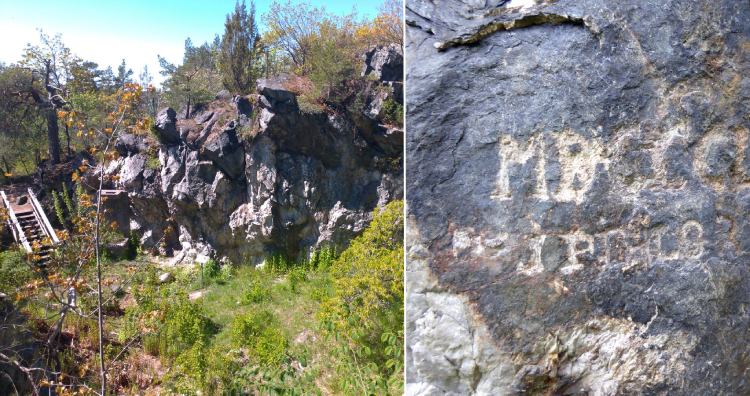
The number one reason why such discoveries had been concentrated in this particular region lies in the type of elements. All of them were rare-earth elements that mix in the ground almost indistinguishably.Â
It makes it a lot easier to find more elements in one place where you have already found one, and Sweden happens to have a lot of rich deposits of rare-earth elements.Â
Another reason is that the Ytterby mine was first initiated to find the mineral feldspar. Since finding this mineral was a task of the highest priority, there were full-fledged mining activities in the region.Â
An army lieutenant Carl Arrhenius in 1787 was the first to find a heavy, strange, black rock in Ytterby, which he named “yttrium.” The other three rare elements were also found in the same mine where Arrhenius found yttrium.Â
The additional four elements that were derived from the samples taken from Ytterby are thulium, gadolinium, scandium, and holmium.Â
The town is the single richest source of elemental discoveries in the world. (1, 2)
5 Promethium is an element that is named after a Greek Titan who stole fire from Zeus and gave it to humanity. It is a highly radioactive, glow-in-the-dark, rare-earth element and is only found in the byproducts of uranium-fission reactions. Because of this fact, it is mostly used for research.
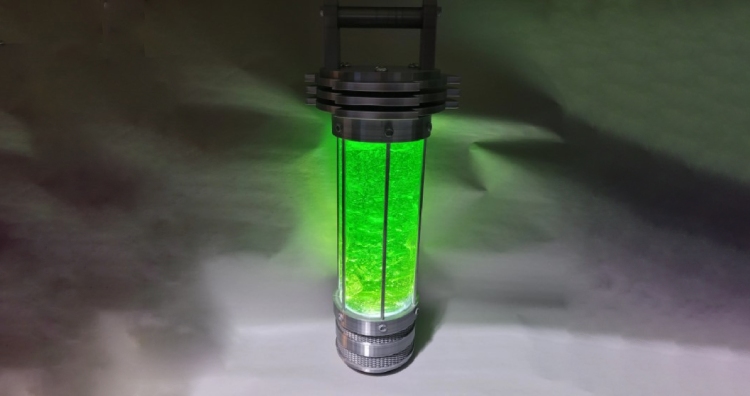
Bohuslav Brauner was the first to detect the possibility of an unknown element in 1902. In 1914, Henry Moseley was a British scientist who confirmed the x-ray- radio signature of the unknown element. It was only in 1945 that it was first identified as a separate element by Manhattan researchers studying fuel for an atomic bomb.Â
The element is quite radioactive and emits beta radiation. It looks silvery-white, and its salts glow in the dark with a pale-blue or green light. It appears that there is no promethium in the Earth’s crust, but it has been discovered in the spectrum of a star that is 520 light-years away from the Andromeda constellation.Â
It may have existed once in the Earth’s crust, though it would have decayed at least 10,000 years ago. Other than research, it is used to produce light after absorption by the phosphor and as a beta source for thickness gauges. (Source)














